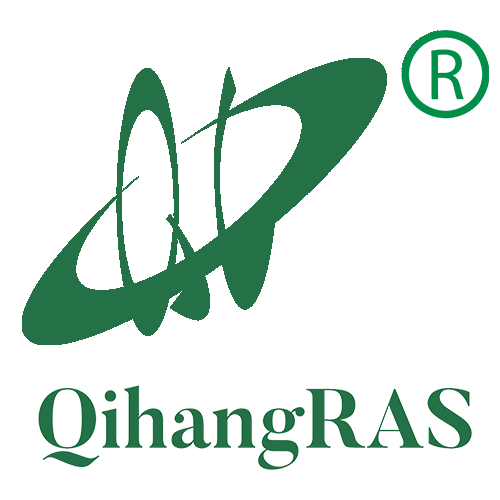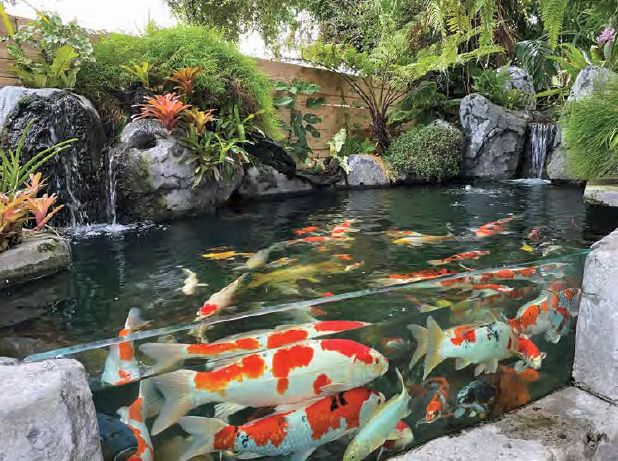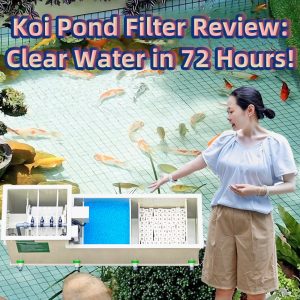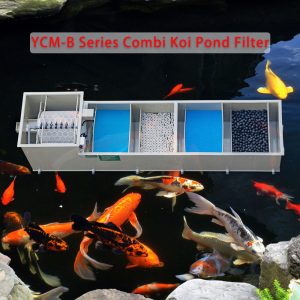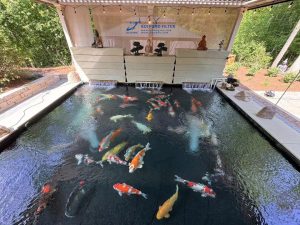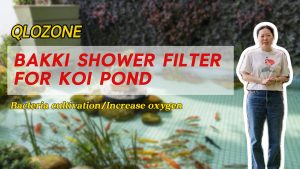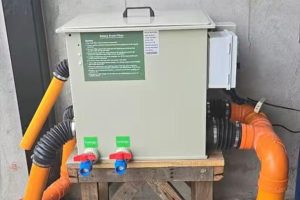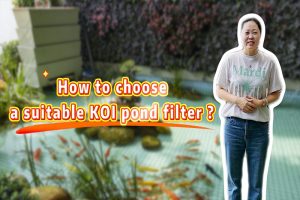Want to add some character to your backyard or the courtyard of your hotel? Building a koi pond in the yard can improve the aesthetics of your house or hotel. It can also be a place for leisure and entertainment. Raising koi is a pleasant and challenging hobby. Koi are not only colorful and beautiful, but also symbolize good luck.
However, many people often make mistakes when breeding koi. These mistakes will not only affect the health of the koi, but also affect the water quality. They may even make the water smelly and affect the sensory enjoyment.
1. The pond is too shallow
Koi ponds should be no shallower than two feet. A koi pond that is too shallow will experience large temperature fluctuations between winter and summer. Large temperature fluctuations can have a negative impact on the fish and promote algae growth in the summer. Many people think that a shallow pond is easier to observe the fish, but koi need at least 10 gallons of water for every inch of length. If a 12-inch koi is 120 gallons of water.
If you have five 12-inch koi, you’ll need 600 gallons of water. Fish need a certain depth to develop the ideal torpedo-shaped body, which is large in the middle and thin at the ends. In a deep pool, koi can regulate their body temperature, keeping cool in the summer and comfortable in the winter. Also, the bottom of a deep pool has less sunlight, so algae won’t grow there.
2. Not providing enough oxygen to the koi
3. Rarely changing water
Water changes are critical to removing waste and contaminants from your pond. Some people think that evaporation is the same as changing the water. It is not. Poor water quality can hinder the growth of koi fish and cause disease and death. Koi also produce a lot of pollutants and pheromones in the water. When these substances accumulate, they will endanger the health of the colony because they cannot be evaporated. Regular water changes can replace these accumulated substances in the water. Drain and replace 10-20% of the pond water every week. You can also use this replaced water to nourish the plants in the garden.
4. Proper water treatment
If you use tap water to fill your koi pond, the tap water contains chlorine. This chlorine can kill bacteria and microorganisms, and can also harm fish and filter bacteria. It is recommended to dechlorinate the water. Some people choose to add chemicals to neutralize it, but some people don’t want to add it to the pond. In this case, you can use some water purification filters with biological filtration materials to treat the water.
5. Neglecting to clean your koi pond filter
Some people think that everything will be fine with a filter, but they don’t know that the filter of the koi pond also needs regular maintenance and cleaning. Because after filtering the water for a long time, the filter will produce a lot of sediment, which will affect the working efficiency of the filter in the future.
Of course, if you choose our YCM series fully automatic intelligent integrated drum microfiltration machine, which is a no-cleaning fish pond filter. You can greatly reduce the time for cleaning the filter material and the machine, save a lot of time and improve efficiency.
The filtration method and process used in this filtration equipment are very unique. It integrates front-end intelligent solid-liquid separation (physical filtration) and back-end bacterial culture biochemical system (biochemical filtration) + ultra-strong ultraviolet sterilization system and stainless steel drum. Intelligent control, fully automatic backwashing (timed), automatic sewage discharge. 316 stainless steel material is used for corrosion resistance and anti-aging. It can adapt to complex outdoor environments and is a more humane intelligent fish pond filtration system.
